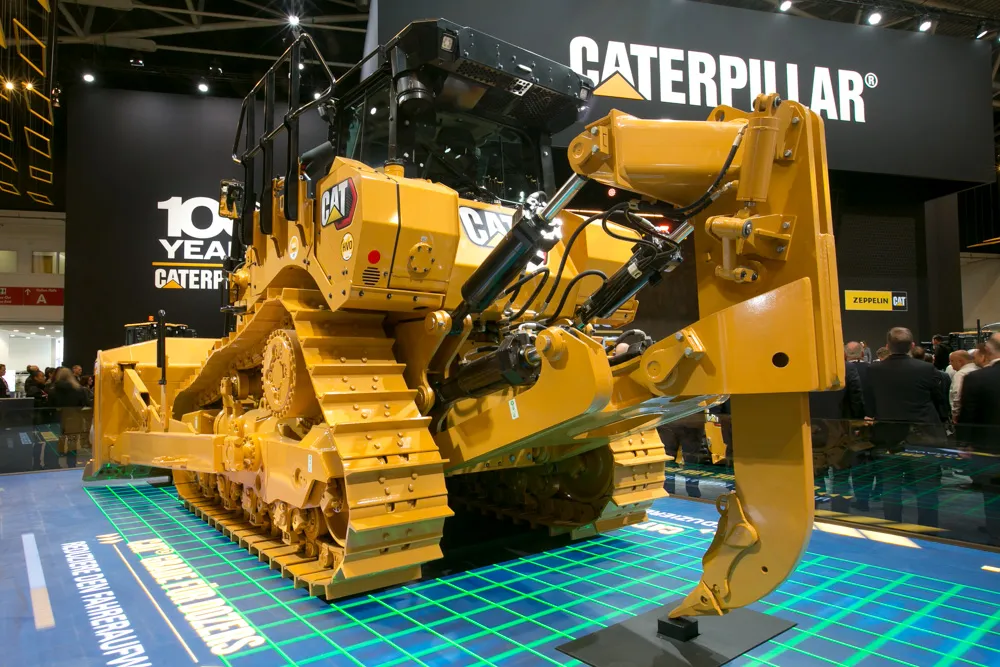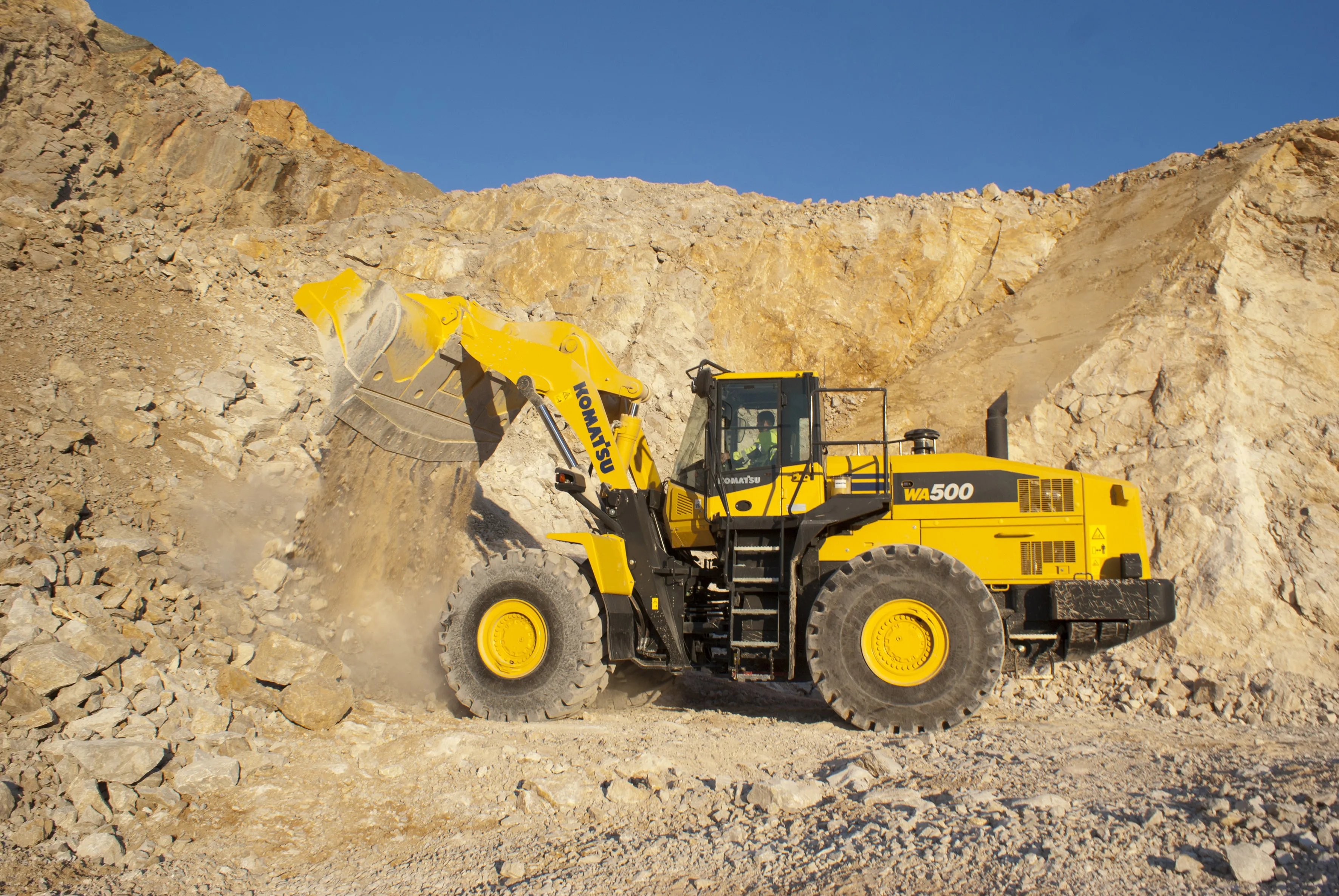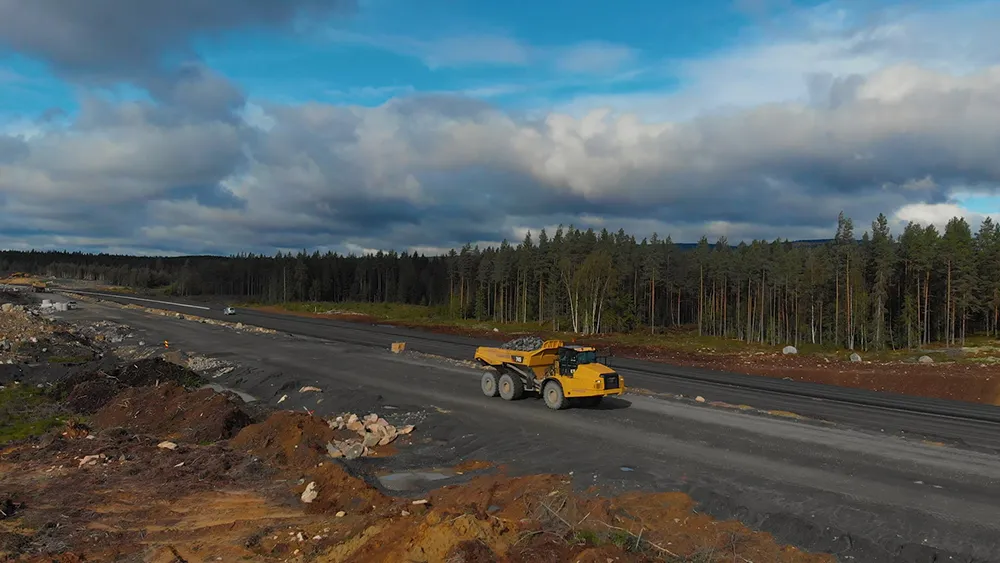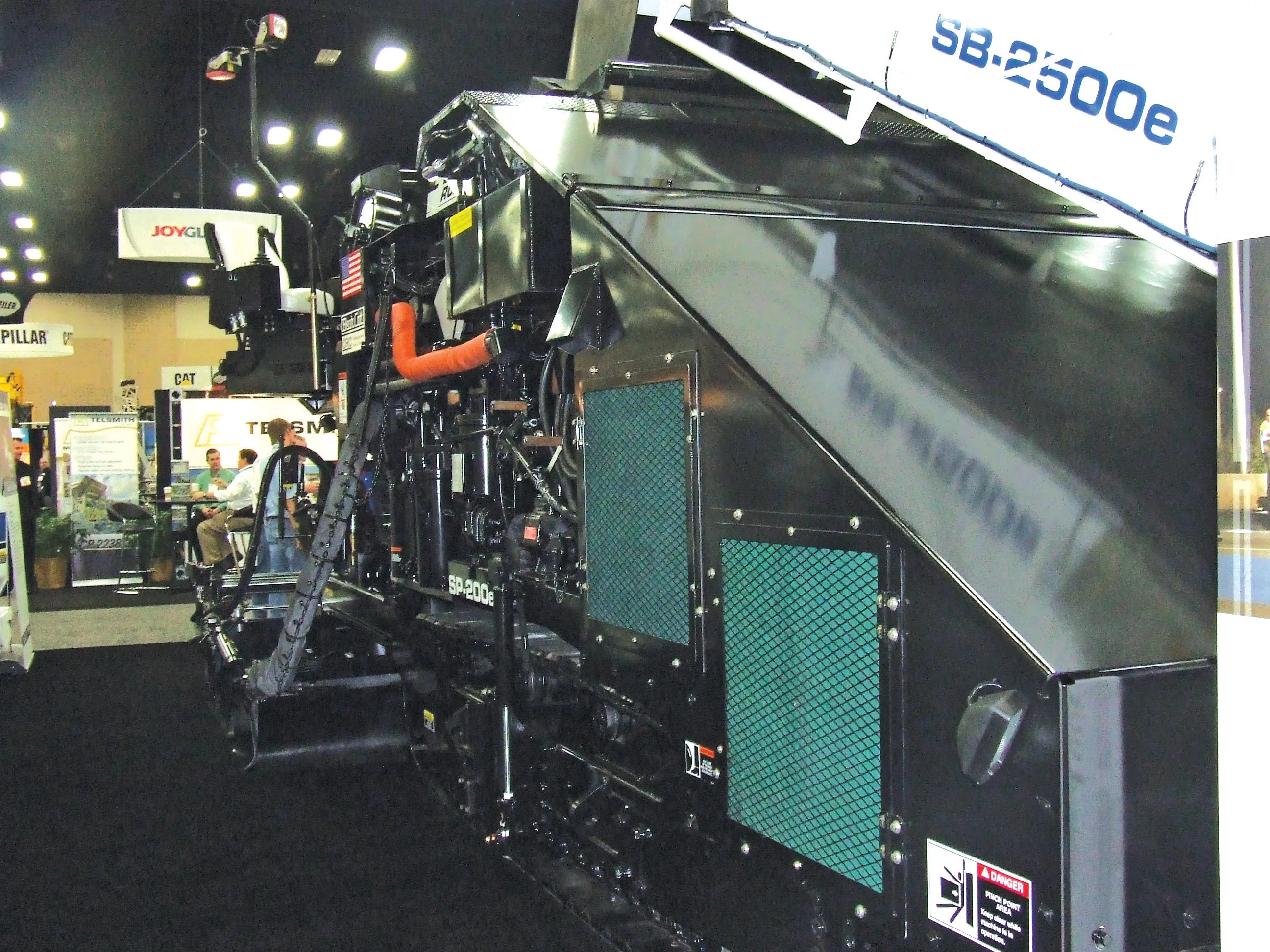Komatsu’s European leadership at bauma told the media that the company is at a new stage of incorporating technology into its products – including its latest dozer.
“We’re trying to increase the value in our machines,” said Peter Howe, chairman of Komatsu Europe. “We’re connecting all the data we collect from the machines and are making processes easier.”
The latest machine to incorporate that technology is the D85EXi/PZi-18 dozer, released at bauma. The technology is installed in the factory and beco
April 15, 2016
Read time: 2 mins
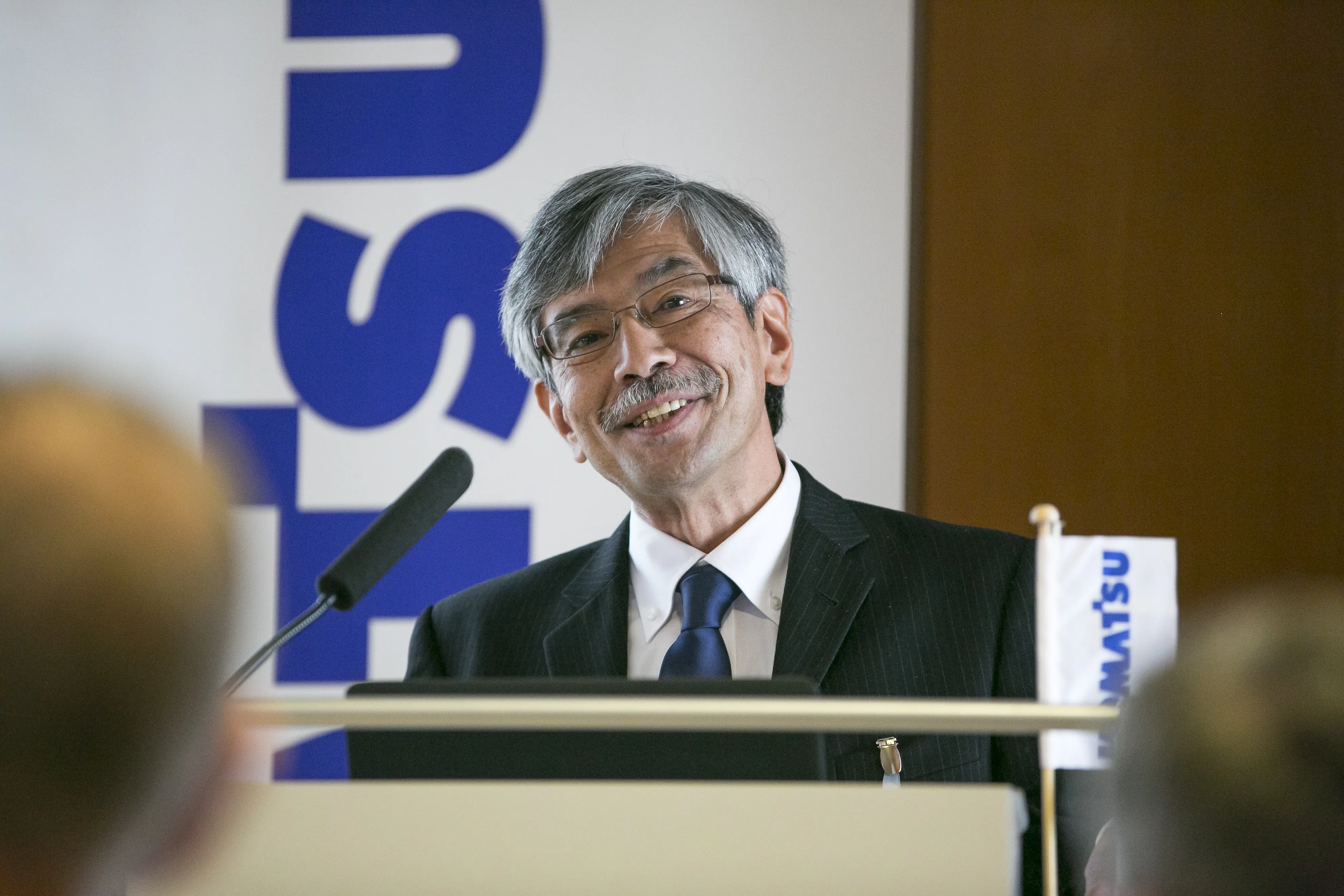
“We’re trying to increase the value in our machines,” said Peter Howe, chairman of Komatsu Europe. “We’re connecting all the data we collect from the machines and are making processes easier.”
The latest machine to incorporate that technology is the D85EXi/PZi-18 dozer, released at bauma. The technology is installed in the factory and becoming more efficient as its time in the field grows.
“We have made quite an advancement the last three years,” said Mas Morishita, managing director and CEO of Komatsu Europe. Those improvements have made dozers so responsive that some contractors prefer them to motor graders, he said.
A major Intelligent Machine technology initiative was introduced in 2008, followed by an update in 2011 and the latest product, released this year.
More than 1.7 million hours of the intelligent technology has now been logged. It is in use on 2,500 machines.
“We are gaining confidence,” Morishita said.
The D85EX/PX-18 uses an electronic control powertrain system that significantly improves operations and productivity. Powerful turns under various work conditions are achieved thanks to the Hydrostatic Steering System (HSS). Counter-rotation is available while in neutral for a minimum turning radius and excellent manoeuvrability.
The D85EX-18 is equipped with the SIGMADOZER blade, which gives the machine a high blade capacity and dramatically improves dozing performance. The blade features a frontal design concept adopted for digging and rolling material at the centre of the blade. Soil-holding capacity is increased and digging resistance reduced for a smoother flow of material. Larger amounts of soil can be dozed with less power.
All videos


